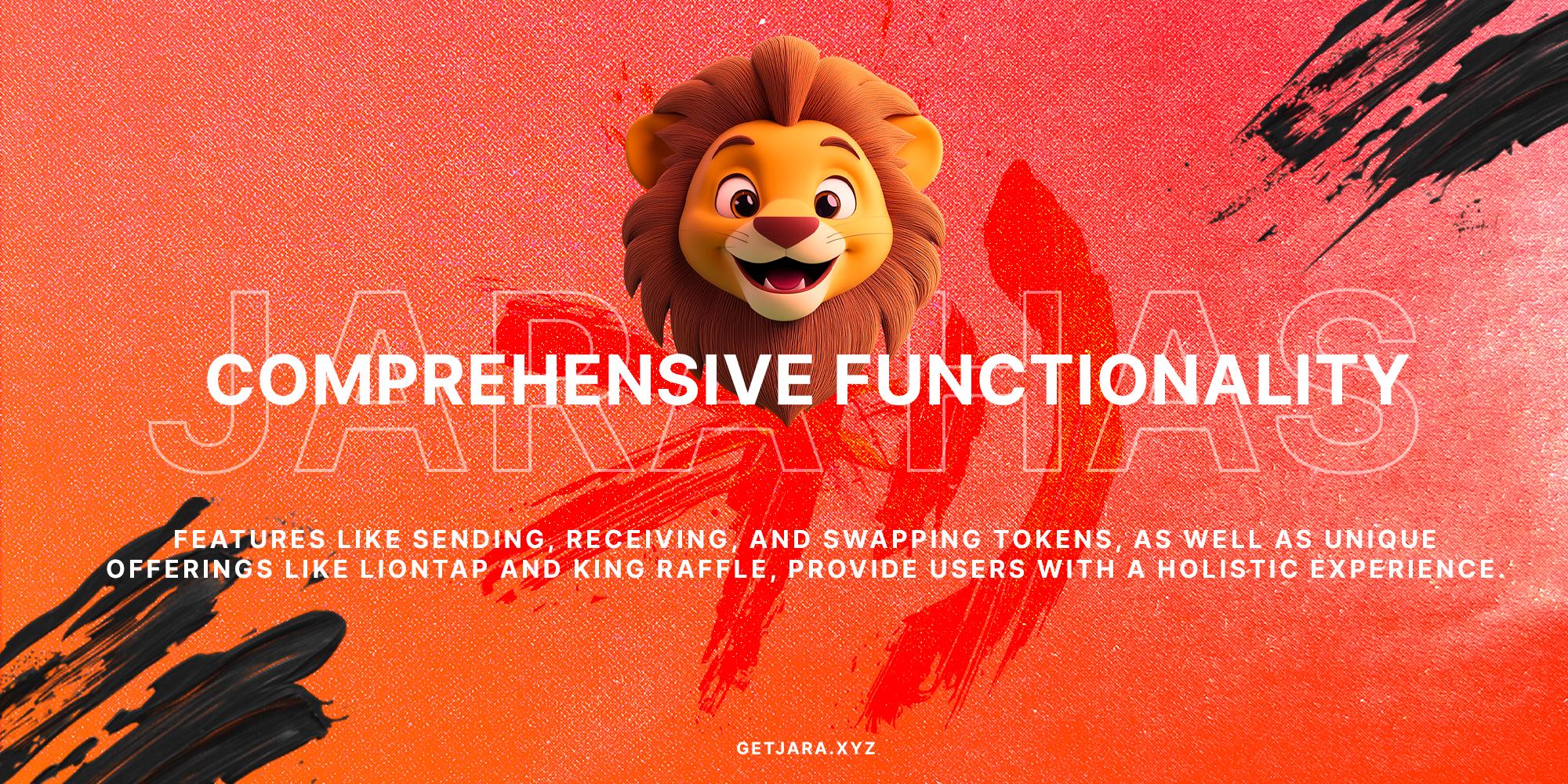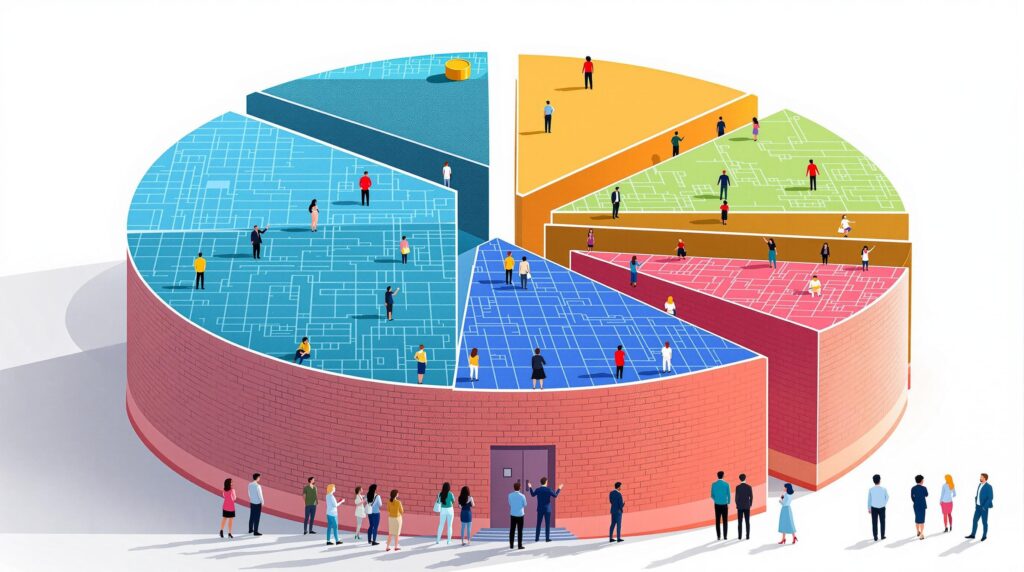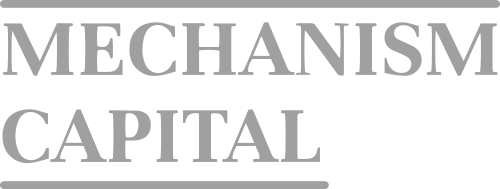The Basics of Commodities Tokenization
Have you ever wondered how traditional commodities like gold and oil are making their way into the world of digital finance? Let’s dive into this fascinating topic of commodities tokenization and see how it’s transforming the way we perceive and invest in physical assets.
What is commodities tokenization? Commodities tokenization is the process of converting ownership rights of physical commodities into digital tokens that are stored on a blockchain. This makes them tradable, divisible, and accessible to a wider audience.
Picture owning a fraction of a gold bar without needing to physically store it. That’s the magic of tokenization. It allows these digital tokens to signify fractional ownership, making previously inaccessible assets more approachable for everyone—from novice investors to seasoned traders.
The Process of Commodities Tokenization
Tokenizing a commodity involves several key steps:
- Asset Selection: Choose a physical asset, like gold, oil, or agricultural products, for tokenization. These assets are appraised to ensure legal and market compatibility.
- Token Creation: Digital tokens are created on a blockchain that represents ownership stakes in the asset. Each token corresponds to a specific fraction of the asset.
- Distribution & Trading: Tokens are distributed to investors and can be traded on blockchain-based exchanges, ensuring liquidity and accessibility.
Benefits of Tokenizing Commodities
Why should we tokenize commodities? The answer lies in the range of benefits that tokenization provides:
- Increased Accessibility: By breaking down commodities into smaller tokens, more investors can participate in the market without needing large amounts of capital.
- Improved Liquidity: Unlike traditional commodities markets where transactions can be slow, tokenized assets can be traded swiftly and with greater flexibility on digital platforms.
- Enhanced Transparency: Blockchain’s immutable ledger records all transactions, enhancing trust and reducing fraud risks.
Tokenization expands investment horizons, allowing people to diversify their portfolios with something more tangible and stable compared to traditional cryptocurrencies. Such a diversification can act as a buffer during volatile market periods.
Real-World Applications of Commodities Tokenization
The influence of tokenization extends across diverse sectors, notably impacting areas such as energy and agriculture:
- Energy Sector: Tokenization is opening new financing avenues for oil and gas projects, making these traditionally capital-intensive investments more approachable for smaller investors.
- Agricultural Products: Investing in tokenized agricultural commodities helps in funding farms while providing investors with diversified exposure to agricultural yields.
Moreover, tokenization can enhance supply chain transparency, enabling better tracking of product origins and improving trust among stakeholders. These applications not only democratize access but also heighten efficiency and security within the industry.
Imagine a world where buying a token gives you a stake in a Nigerian cocoa farm or an African oil reserve. This is not just investment—it’s about aligning with the future of inclusive growth.
Challenges in Commodities Tokenization
Despite its potential, commodities tokenization faces challenges:
- Regulatory Uncertainty: As financial laws struggle to keep up with rapid tech advancements, the regulatory environment for tokenization is still evolving.
- Technological Demands: Ensuring a secure platform that handles tokenized assets requires robust and complex technological infrastructure.
- Market Liquidity Concerns: As a relatively new market, tokenized commodities may initially face liquidity issues due to limited participation.
Overcoming these hurdles necessitates technological and regulatory advancements, paving the way for a robust future. Regulatory bodies, tech providers, and market participants must collaborate strategically to ensure a seamless transition to this digital investment frontier.
The Future of Commodities Through Tokenization
Looking ahead, commodities tokenization promises a future where investment is more inclusive and globally accessible. As blockchain technology matures and regulatory frameworks become clearer, the scope for tokenized commodities will likely expand.
The development of tokenization is closely linked to projects such as Jara’s $6 billion Lagos airport tokenization initiative, illustrating the type of ambitious ventures anticipated in this space. The cumulative effect of these efforts is a level playing field for aspiring investors worldwide.
By fostering expertise in blockchain and trading platforms, and engaging with market participants, Jara aims to fuel Africa’s digital asset economy. This creates ample opportunities for individuals and businesses to invest in an ethical and impactful manner.
Finally, the prospects of integrating tokenized commodities into platforms like decentralized finance (DeFi) or incorporating via AI-powered systems further emphasize the potential innovations we can expect soon.
Tokenizing Commodities: How It Works
Have you ever wondered how digital assets can transform traditional investments? The process of tokenizing commodities does just that by converting real-world assets, like gold or oil, into digital tokens on a blockchain. Let’s break down how this fascinating process works.
Step-by-Step Tokenization Process
- Asset Selection: Choose a physical asset for tokenization, such as a bullion of gold or a barrel of oil.
- Verification and Valuation: Assess the asset’s value and verify ownership to meet legal requirements.
- Token Creation: Create digital tokens using blockchain technology, ensuring compatibility with exchanges and wallets.
- Distribution and Trading: Distribute tokens to investors and enable trading on digital exchanges.
Tokenization transforms traditional commodity investments by making them accessible, transparent, and secure.
Benefits of Tokenizing Commodities
Tokenization of commodities isn’t just a tech buzzword; it introduces significant advantages to investors and markets.
- Accessibility: Allows investors to own fractions of high-value commodities.
- Liquidity: Enhances ease of trading through digital platforms, ensuring dynamic market participation.
- Transparency and Security: Blockchain technology offers a secure, tamper-proof ledger of transactions.
Real-World Applications and Impact
Tokenization’s potential isn’t limited to theory—it extends into practical applications across various sectors, setting new standards in investment.
Tokenization in Specific Industries
- Energy: Enables direct investment in oil and gas projects through tokens.
- Agriculture: Provides alternative funding sources for farmers by tokenizing crops and livestock.
- Real Estate: Facilitates fractional ownership of property for diversified investment portfolios.
- Environmental Impact: Tokenization of carbon credits promotes sustainability and trading transparency.
Challenges and Considerations
While promising, commodities tokenization faces challenges such as regulatory uncertainty and the need for secure platforms.
- Regulatory Landscape: Changing legal frameworks can affect cross-border investments.
- Technological Infrastructure: Building secure, user-friendly platforms requires significant resources.
- Liquidity and Price Discovery: Initial markets often face limited trading volumes.
Staying informed of regulatory developments is essential for safeguarding tokenized investments.
Navigating the Future of Commodities Tokenization
The future holds immense promise for tokenization as regulatory maturity and technology evolve to support wider adoption.
- Democratized Investment: Fractional ownership makes high-value assets accessible to individual investors.
- Innovative Applications: Beyond simple trading, tokens can be integrated into DeFi for collateral and yield farming.
Final Thoughts
Commodities tokenization bridges the physical and digital, offering a secure path to own, trade, and manage assets digitally. As the sector matures, its ability to enhance market efficiency and accessibility suggests a revolutionary shift in global investment practices.
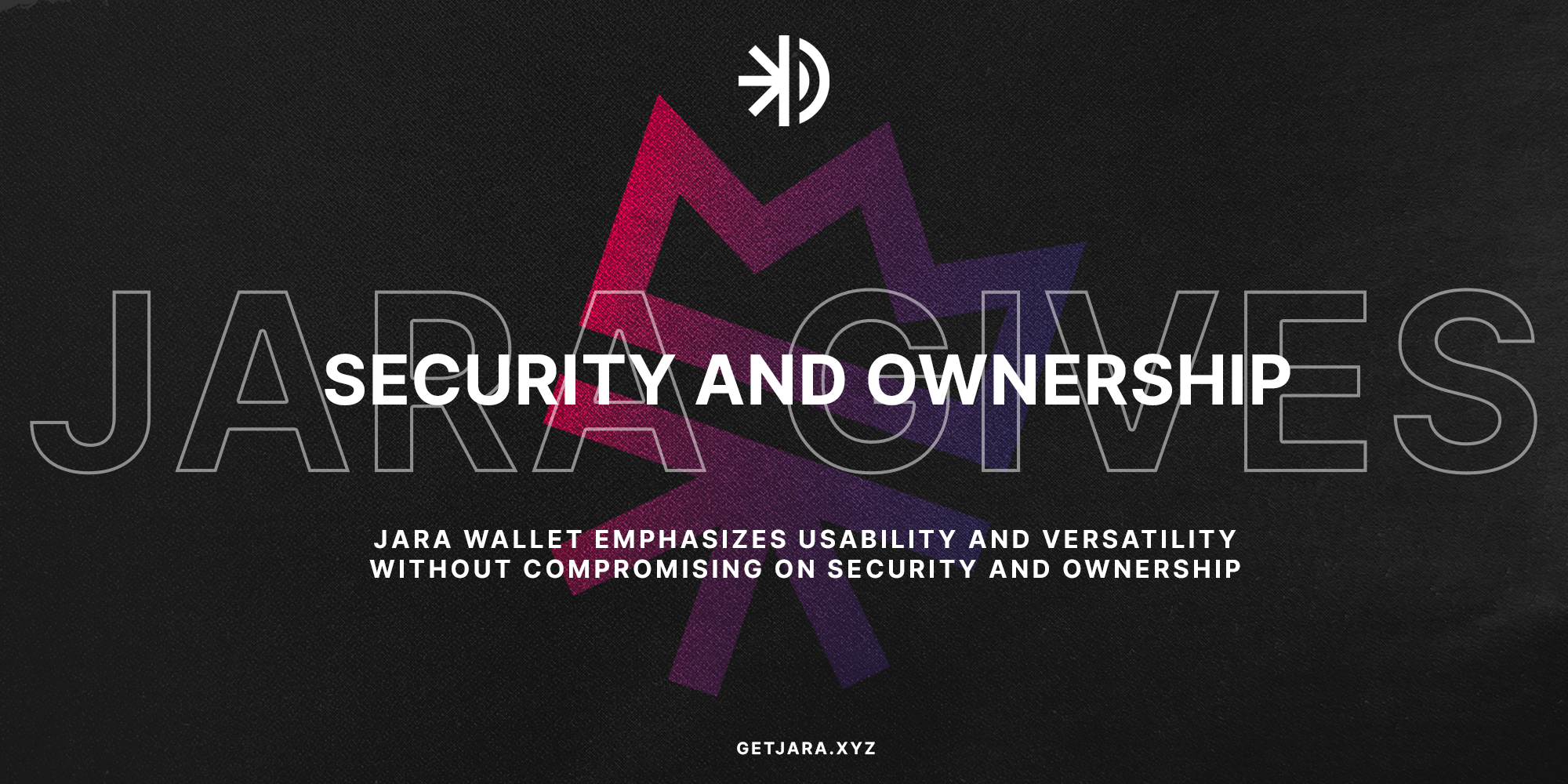
Understanding Commodity Tokenization
Tokenizing commodities is a groundbreaking concept that involves converting ownership rights of physical assets into digital tokens using blockchain technology. These tokens can be traded in the digital realm, offering a more accessible and efficient way to invest in tangible assets like gold, oil, and agricultural products. But what exactly does this process entail and how is it shaping the future of investment?
“Tokenizing commodities offers a unique opportunity to bridge the gap between physical assets and digital investment, enabling broader market accessibility and enhanced liquidity.”
How Commodity Tokenization Works
- Asset Selection: The process begins with choosing a tangible asset to tokenize. This can range from metals like gold and silver to agricultural products and more specialized items like carbon credits.
- Verification and Valuation: The chosen asset is appraised to determine its market value. This step ensures that each token accurately represents a fraction of the physical commodity.
- Token Creation: Digital tokens are created on a blockchain network. Each token signifies fractional ownership of the physical asset and adheres to blockchain standards for compatibility with digital wallets and exchanges.
- Trading and Distribution: Once created, these tokens are distributed to investors and can be actively traded on digital platforms, providing greater liquidity and transparency compared to traditional commodity markets.
Key Benefits of Tokenizing Commodities
The advantages of commodities tokenization are multifaceted, impacting both individual investors and the broader commodities market:
- Democratized Access: By fractionalizing investments, tokenization lowers the entry threshold, allowing a broader audience to participate in commodity markets.
- Increased Liquidity: Tokenized commodities can be traded 24/7 on digital exchanges, significantly enhancing market liquidity and flexibility.
- Enhanced Security and Transparency: Blockchain technology ensures each transaction is recorded in a tamper-proof ledger, reducing fraud risks and increasing trust among investors.
- Operational Efficiency: Tokenization eliminates much of the paperwork and logistical complications traditionally involved in commodity trading, leading to lower costs and faster transactions.
Real-World Applications: Tokenization Use Cases
Tokenizing commodities is not just a concept; it’s already being applied across various sectors with significant impact:
| Sector | Commodities | Impact |
|---|---|---|
| Precious Metals | Gold, Silver | Provides an accessible entry for investors into the precious metals market without the need for physical storage or handling. |
| Energy | Oil, Natural Gas | Opens new financing avenues for energy projects and offers direct investment opportunities in these markets. |
| Agriculture | Crops, Livestock | Supports agricultural ventures by providing alternative funding methods and diversifying investor portfolios. |
| Environmental | Carbon Credits | Facilitates efficient trading of carbon offsets, promoting sustainable investment practices and environmental accountability. |
Challenges and Considerations in Commodities Tokenization
While the advantages are clear, tokenizing commodities is not without its challenges. Investors and issuers must navigate regulations that are still evolving globally. Furthermore, robust technological infrastructure is crucial to ensure secure transactions and avoid fraud risks.
Liquidity and price discovery are critical in tokenized markets, where trading volumes may initially be limited. Hence, strategic development and fostering a healthy marketplace are essential for the growth of this innovative investment avenue.
Driving the Future: Growth Potential of Commodities Tokenization
As blockchain technology continues to evolve, so does the potential of commodity tokenization. This innovative approach promises to revolutionize asset ownership and investment strategies, making the commodity markets more inclusive, transparent, and efficient. By bridging gaps between physical and digital realms, tokenization sets the stage for a transformative shift in how we view and participate in global markets.
“The merging of blockchain technology with commodities presents a radical shift in investment practices, offering unparalleled access and efficiency to both seasoned and novice investors alike.”
Commodities Tokenization: Revolutionizing Asset Ownership
The integration of blockchain technology into traditional commodity markets is nothing short of revolutionary. So, what does this mean for investors and the world of commodities? Simply put, commodities tokenization is the process of transforming tangible goods like gold, silver, oil, and even crops into digital tokens on a blockchain. This innovative approach is shaking up the finance world, offering new pathways for investment and trade.
“Tokenizing commodities represents a groundbreaking shift in how we view and invest in the real world’s tangible assets.”
Understanding Commodities Tokenization
At its core, commodities tokenization converts rights to a physical asset into a digital token. Each token represents a fraction of the asset, allowing even small investors to participate in markets previously dominated by large players. But how exactly does this work?
- Asset Selection: Choose a commodity such as gold or oil to tokenize.
- Verification and Valuation: Assess the asset’s market value and legal status to ensure eligibility for tokenization.
- Token Creation: Use blockchain technology to create digital tokens representing shares of the asset.
- Distribution and Trading: Tokens are distributed and traded on digital exchanges, much like cryptocurrencies.
This approach not only simplifies investment but also broadens access, allowing anyone to own a piece of a valuable commodity. Rather than needing a large sum to buy a gold bar, investors can now buy and sell fractional ownership through digital tokens.
Benefits of Tokenizing Commodities
Commodities tokenization offers transformative benefits over traditional methods of investing in physical assets. Here are some of the key advantages:
| Benefit | Description |
|---|---|
| Accessibility | By breaking commodities into fractional tokens, investments become accessible to a broader audience. |
| Liquidity | Tokenized assets can be traded on digital exchanges, providing greater liquidity than traditional markets. |
| Security | Blockchain technology ensures secure, transparent, and tamper-proof transactions. |
| Market Stability | Unlike volatile cryptocurrencies, tokenized commodities are anchored to real-world assets. |
Tokenization not only democratizes investment but injects much-needed liquidity into the broader commodities market.
Challenges and Considerations
Despite the promising potential, commodities tokenization is not without its challenges. While blockchain offers impressive capabilities, the transition to digital tokens involves navigating technological and regulatory hurdles.
- Regulatory Landscape: With regulations constantly evolving, investors must stay informed about the legal frameworks governing tokenization.
- Technological Infrastructure: Robust and secure platforms are essential for trading and managing digital tokens, demanding technical expertise and resources.
- Liquidity and Price Discovery: Newer markets may face initial liquidity constraints, requiring strategic efforts to foster a healthy trading environment.
These challenges highlight the need for careful deliberation and preparedness among stakeholders in embracing commodities tokenization.
Tokenization Across Sectors
Tokenization is not limited to precious metals. Various physical assets can be tokenized, presenting diverse investment opportunities:
- Energy Resources: Tokenized oil and gas provide new financing avenues for energy sectors.
- Agricultural Products: Tokens can represent crops or livestock, offering new funding methods for farmers.
- Real Estate: Real estate tokenization allows fractional ownership of properties, lowering barriers for property investment.
- Carbon Credits: Tokenizing carbon credits promotes sustainable investments by simplifying the trading of carbon offsets.
Conclusion: A Transformative Future
The potential for commodites tokenization in reshaping investment landscapes is vast. As technology advances and regulatory frameworks mature, the appeal of tokenized assets will likely continue to grow. This innovative approach is paving the way for a more inclusive, efficient, and transparent global economy, democratizing access to the world’s most valuable resources.
“Commodities tokenization is not just a trend; it’s a new era of investment, promising a bridge between traditional assets and the digital future.”
As we navigate this new terrain, the promise of commodities tokenization remains clear: to offer a more accessible, efficient, and trustworthy market landscape, revolutionizing how we invest in and interact with the physical world.
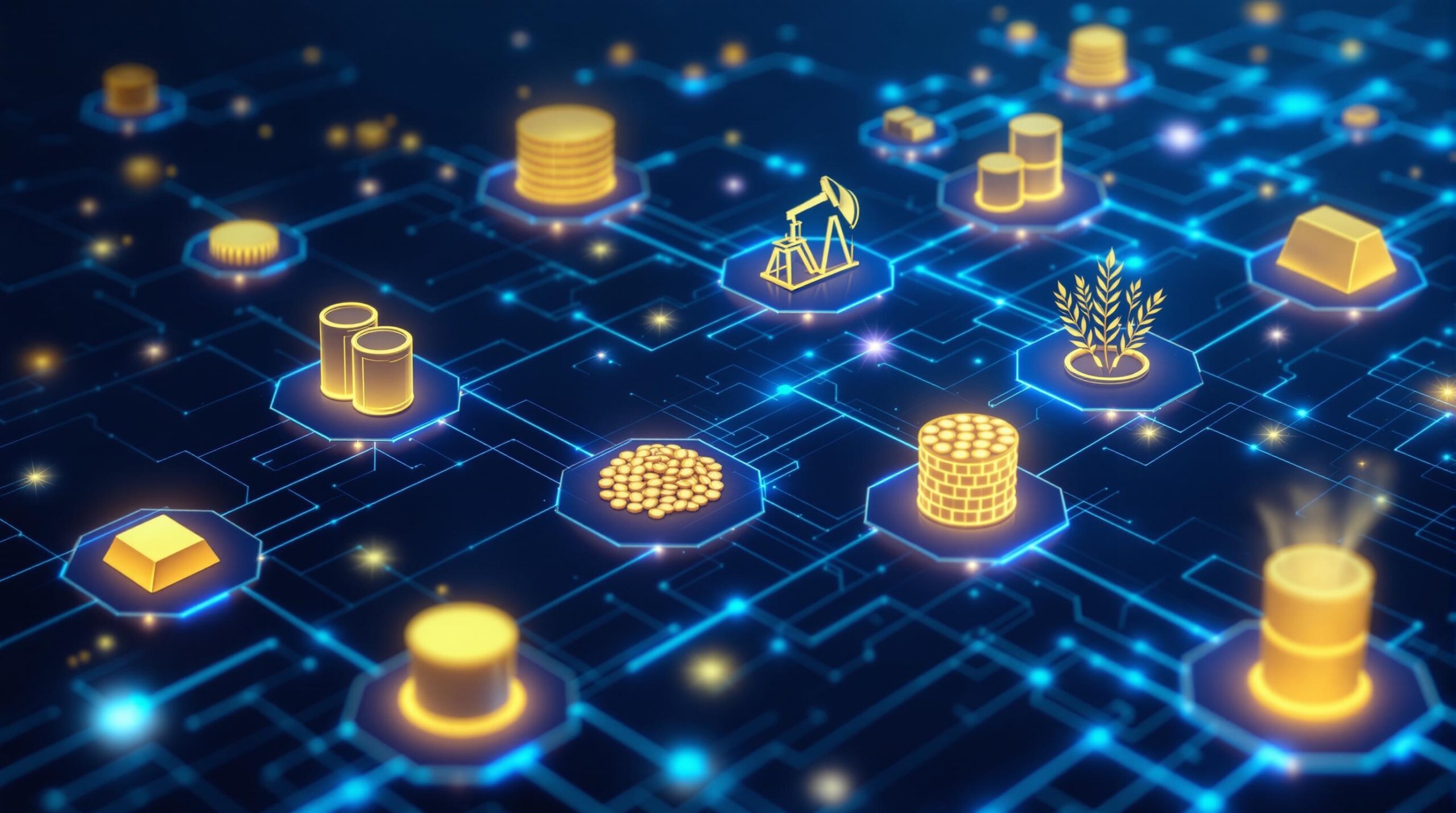
How does blockchain technology enhance the security of tokenized commodities?
Blockchain technology enhances the security of tokenized commodities by utilizing a tamper-proof ledger. This ensures that transactions are transparent, immutable, and verifiable, thereby reducing the risk of fraud and unauthorized alterations. As each transaction is securely recorded on the blockchain, it creates a reliable audit trail that stakeholders can trust.
What are some examples of commodities that can be tokenized?
Several commodities can be tokenized, including metals like gold and silver, energy resources like oil and gas, agricultural products such as wheat and corn, and even carbon credits. Tokenization facilitates investment in these assets by providing fractional ownership and enhancing market liquidity.
How does tokenization improve liquidity in the commodities market?
Tokenization improves liquidity in the commodities market by converting physical assets into digital tokens that can be easily traded on secondary markets. This process allows for fractional ownership, enabling more investors to participate and trade smaller portions of commodities, thus increasing market activity and liquidity.
What are the regulatory challenges faced by tokenized commodities?
The regulatory challenges faced by tokenized commodities include ensuring compliance with existing securities laws and navigating varying regulations across different jurisdictions. Additionally, the need for a unified regulatory framework that addresses technology-specific concerns, such as the legal recognition of smart contracts, is essential for sustaining the growth of tokenized assets.
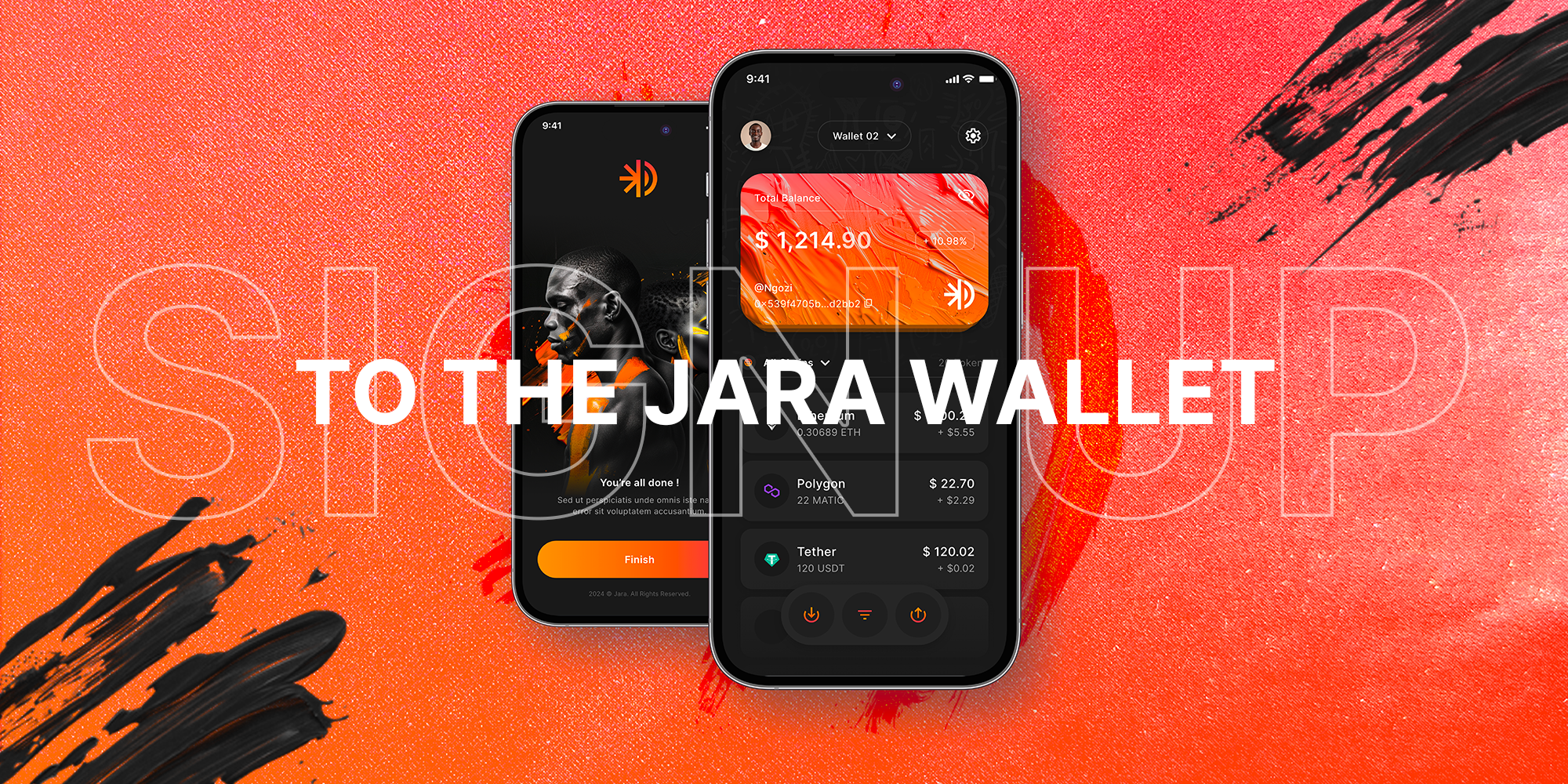
Related Articles
Explore similar articles to delve deeper into the fascinating world of tokenization:
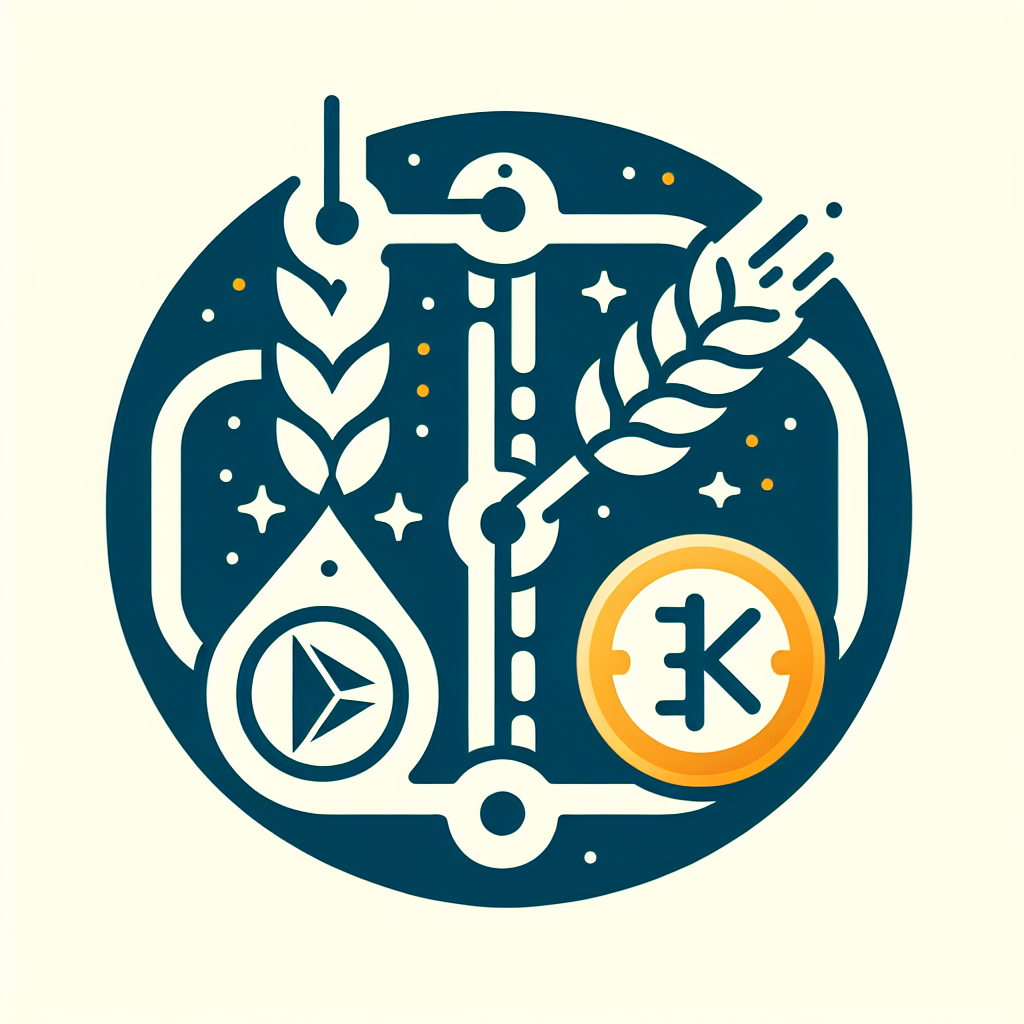
Empower Your Investment Journey with Jara Wallet
Are you ready to step into the dynamic world of on-chain commodity tokenization? With the Jara Wallet App, you can seamlessly connect with African assets and be part of a transformative market. Download the app now and experience how we are bridging global capital to African opportunities.
“Your gateway to the future of tokenization, bridging global capital to African assets.” – Jara Wallet
Stay informed and connected by following us on our social media platforms. Join a community that’s paving the way for innovation and growth in the tokenization ecosystem.
- Download Jara for Android
- Download Jara for iPhone
- Follow us: Engage with us on social media for the latest updates and insights.
Introduction to Personal Injury Law
Understanding personal injury law can be crucial if you’ve been involved in an accident. This section will provide insights into what personal injury law entails and how it can impact your case.
What is Personal Injury Law?
Personal injury law, often referred to as tort law, allows individuals who have been injured due to the negligence of others to seek compensation.
Types of Personal Injury Cases
- Car Accidents: These are the most common personal injury claims.
- Slip and Fall: Property owners can be liable for unsafe conditions.
- Medical Malpractice: Healthcare professionals may be held accountable for negligence.
- Product Liability: Manufacturers can face claims if products are unsafe.
How to File a Personal Injury Claim
Filing a personal injury claim involves several steps and understanding them is key to the success of your case.
Gathering Evidence
Critical evidence includes medical records, witness statements, and accident reports. Documentation is crucial for substantiating your claim.
Hiring a Personal Injury Lawyer
It’s advisable to consult with a knowledgeable attorney who can guide you through the complexities of the legal system.
Negotiating Settlements
Many personal injury cases are settled out of court. Understanding negotiation tactics is essential to maximize compensation.
The Role of Compensation in Personal Injury Law
Compensation is intended to make the victim whole again and covers various types of damages.
Types of Compensation
- Medical Expenses: Covers hospital bills, medication, and therapy.
- Lost Wages: Compensates for income lost due to the injury.
- Pain and Suffering: Awards for physical and emotional distress.
“Our dedicated team of attorneys is your steadfast partner in pursuing the justice and compensation you deserve.”
Understanding Legal Terminologies
Familiarity with legal terminologies can greatly enhance your understanding of the personal injury litigation process.
Important Legal Terms
- Plaintiff: The person bringing the suit.
- Defendant: The individual or entity being sued.
- Liability: Legal responsibility for the accident.
- Negligence: Failure to exercise reasonable care.
Frequently Asked Questions about Personal Injury Cases
Here, we answer common queries people have about personal injury cases.
What Should I Do Immediately After an Accident?
Seek medical attention and document the scene with photos if possible.
How Long Do I Have to File a Claim?
The statute of limitations varies by state, but generally, you have a limited time to file a personal injury lawsuit.
Can I Afford a Personal Injury Lawyer?
Most personal injury lawyers work on a contingency fee basis, meaning they only get paid if you win your case.
